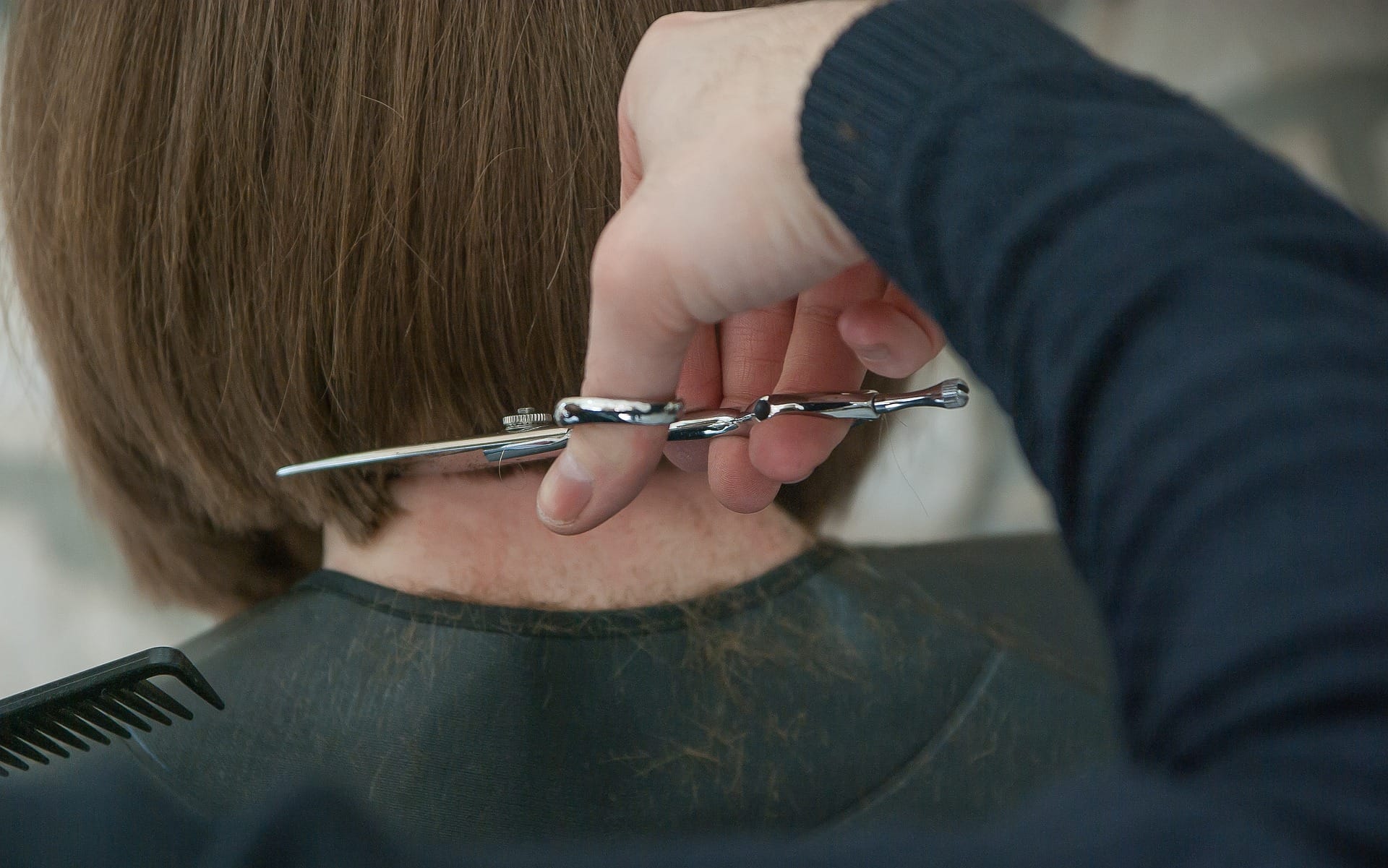It is a common belief that the lungs of hairdressing salon workers are literally clogged with small hairs, which can be seen, for example, on an x-ray. We decided to check if this is actually true.
Question, hairy do hairdressers have lungs, interested site users questions And answers, and also social networks. In 2018, the specialized publication “Hairdresser’s Bulletin” even released material telling about ways to protect the lungs from hair dust. It reported that “after several years of work, the hairdresser’s respiratory mucosa is lined with compressed hair dust.” In blogs writethat “in anatomical museums the lungs of a smoker and the lungs of a hairdresser exhibited nearby - a spectacle not for the faint of heart,” but on the forums for girls-hairdressers advise wear only trousers to work, because cysts from cut hair can supposedly form not only in the lungs, but also in the organs of the reproductive system.
The human lungs are paired organ breathing, located in the chest. Air enters the lungs through the trachea, which, like a tree, branches into smaller airways - the bronchi. In turn, each bronchus branches to form bronchioles, which end in millions of sacs called alveoli. When you inhale, oxygen enters the alveoli through the trachea, bronchi and bronchioles, and the blood passes through the walls of the alveoli, captures oxygen, thanks to hemoglobin, and leaves carbon dioxide in them. During exhalation, carbon dioxide leaves the alveoli and travels back through the bronchioles, bronchi and trachea and is thus eliminated from the body.
The lungs are indeed susceptible to contamination by various particles. Typically, such particles, depending on their size, divide into three types: large, small and ultra-fine. Large particles have a diameter from 2.5 to 10 microns (for comparison, a grain of sand has diameter from 75 microns), small ones - from 0.1 to 2.5 microns, and ultra-small ones - less than 0.1 microns. For the human body represent There is a significant danger from small and ultra-fine particles - the former actually settle in the lungs, and the latter can even get from the alveoli into the bloodstream.
Human hair does not have a single diameter - depending on its color and texture, this indicator varies from 17 to 181 microdistrict. But even the thinnest hair is larger in diameter than large particles, which the body successfully gets rid of using the cough and sneeze reflex. Moreover, hair fragments cannot enter the bloodstream. Therefore, stories about X-rays or barber's lungs displayed in museums have no basis in fact.
Although a hairdresser’s lungs cannot become hairy, this profession cannot be called harmless. In their work, its representatives come into contact with a large number of chemicals intended for lightening, dyeing and straightening hair. In a joint 2022 study, scientists from the Netherlands, Croatia, Germany and Denmark analyzed 23 studies on the content of various harmful substances in the air of hairdressing salons. Elevated concentrations of formaldehyde, ammonia, volatile organic compounds (VOCs) and toluene were most common there. Formaldehyde provides carcinogenic and mutagenic effects on the human body. Ammonia annoys mucous membranes of the eyes and respiratory organs, as well as the skin, can even cause pulmonary edema. VOC also cause irritation of mucous membranes, nausea and difficulty breathing, and some of them are carcinogenic. Toluene has highly toxic, affects the nervous system and inhibits hematopoiesis. Up to 10% of hairdressers also suffer for contact dermatitis, cough and shortness of breath complain 33% and 29% respectively. Also, specialists working with bleaching are more susceptible risk of developing asthma.
Thus, no hair, even the thinnest one, can enter the lungs, much less penetrate the bloodstream. The diameter of particles that can enter the blood vessels from the alveoli is at least 170 times smaller than a human hair. However, this does not mean that the hairdressing profession is harmless - salon employees are exposed to various chemicals that negatively affect their health.
Cover image: Image by jacqueline macou from Pixabay
If you find a spelling or grammatical error, please let us know by highlighting the error text and clicking Ctrl+Enter.






